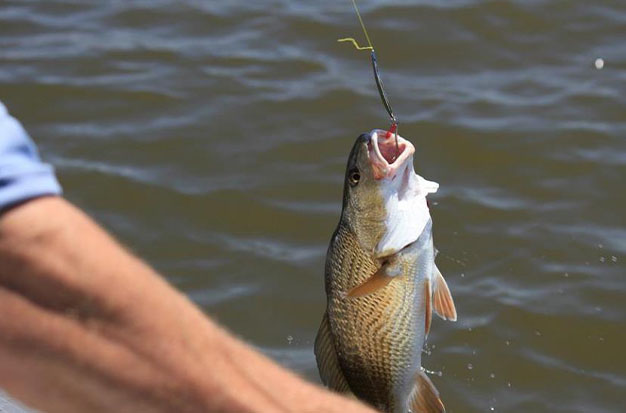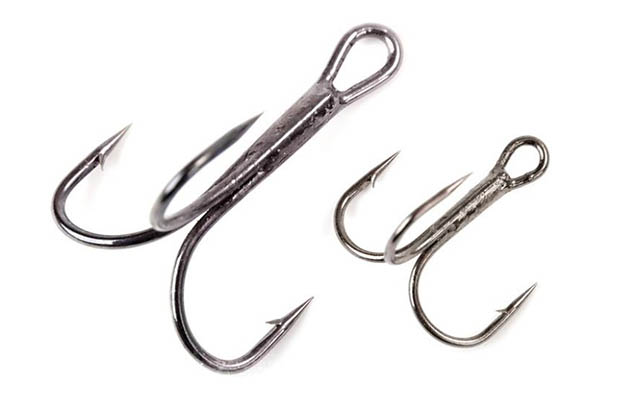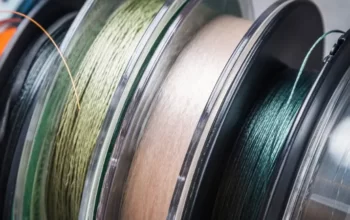For any angler, knowing how to tie a fishing hook is a crucial skill. There are numerous knots that can be employed, and each one has benefits and drawbacks of its own.
We’ll go through the significance of tying a fishing hook, the supplies required, and 6 distinct knots in this blog post!
Table of Contents
Importance Of Tying A Fishing Hook Correctly
Why is it important to tie a fish hook correctly? There are a few reasons:
- The fish may be able to escape the fishhook if it is not tied properly, which is the first justification.
- The second reason is that the fish may escape if the hook is not fastened firmly because it may come undone as you are reeling in your catch.
- The third reason is that if the fishing line and hook are not correctly fastened, the line may break if a large fish drags on it, in which case you will once more lose your catch.
It’s also important that the knot doesn’t interfere with the fishing in any way.
So as you can see, it’s very important to know how to tie a fishing hook correctly. After reading this guide, you’ll be able to reel in big fish, hook fish correctly, lose fewer hooks, and experience less frustration while fishing!
Things You Need
You’ll need the following items in order to tie your hooks properly:
- Fishing rod with fishing Line (or just fishing line if your setup doesn’t need a rod)
- Fishing Hook
- Scissors
- Pliers
How To Tie A Fish Hook (6 Fishing Knots)
Clinch Knot
The Clinch Knot will likely be one of the first knots that comes to mind when you ask almost any angler how to tie a fish hook. It is arguably the most often used and straightforward knot for tying a fish hook. The enhanced Clinch Knot has been time-tested to provide a knot that is sturdy against large fish. The loose end of the line is wrapped around the line five or six times, and then it is threaded through the loop at the eye of the hook to form this knot.
Not everyone agrees that the Improved Clinch Knot is really improved, though. Some fishermen still prefer the original Clinch Knot when using smaller gauged hooks. Check out this video tutorial to see the difference in how to tie these knots and when to use them.
Palomar Knot
Another common knot for attaching fish hooks is the Palomar knot, which has several advantages when using a braided line. Most anglers agree that the Palomar knot is one of the strongest knots for tying a fish hook and that with practice, it can even be tied in the dark. Double your line to form a loop, then tie an overhand knot to complete the Palomar knot. To tighten, cross the loop over the hook’s point.
Turle Knot
Another choice is the Turle Knot, which works best when using a small hook and delicate line for fishing. It is also a well-liked fly-fishing knot. To tie the Turle Knot, slide the loop over the end of the hook after passing the line through the eye of the fly or hook and tying a loose overhand knot.
Uni Knot
The preferred knot for tying the monofilament line to your hook is the uni knot. This knot enables an even and straight draw because it is a Snell Knot. The strength of the fishing line is supposed to be reliably maintained by the Uni Knot. Wrap a loop 5–10 times around the hook to form a Uni Knot. The line should then be raised until the loop becomes tight.
Blood Knot
The Blood Knot is actually not for fastening your line to a fish hook, unlike the earlier knots. The Blood Knot joins two strands of fishing line together instead. If you want to join a pre-strung fish hook to a long line or repair a broken fishing line, you can use this knot. Start by looping your first piece of line around your second piece of line 5-7 times before tying a blood knot. Next, 5-7 times, wrap the second piece around the first piece. Finish by tying a tight knot in the center of the two loose ends.
Surgeons Knot
The Surgeon’s Knot also referred to as the Double Surgeon’s Loop, is the last knot on the list. This knot can be used to join two lengths of line together, just like the Blood Knot. Additionally, it can be used to add a loop at the end of a line. This knot makes a strong, dependable loop at the end of your line, making it a wonderful one for fishermen to learn. Start by doubling the rope and tying an overhand knot before tying a surgeon’s knot. Then, tighten the knot by re-passing the same loop through the opening.

Tips for Any Fishing Knot
- Before tying a knot, make sure the line is damp. The knot will hold together better as a result of this.
- Before tying a knot, make sure the line is free of tangles and knots. Additionally, it will improve the knot’s ability to stay tied.
- Retighten the knot gradually and uniformly. Don’t tug too hard or the line can snap.
- After you’ve tightened the knot, trim the extra line from it. This will lessen the risk of the line fraying.
Conclusion
You may easily go out and fish with ease after practicing these common fishing knots! You can start your fishing expedition right away now that you know how to knot fishing hooks.
These fish finder tips, if you’re fishing from a boat, could help you catch fish more successfully, particularly if you’re unfamiliar with the area.
Check your local laws to see what kind of lures or bait you can use and how many fish you can capture in a single day.
Have fun being outside!
FAQs:
What Is The Best Knot For Tying A Fishing Hook?
The type of fishing you’re doing and the kind of line you’re using both have an impact on the answer to this question. The clinch knot, blood knot, and nail knot are some of the most used knots for tying a fishing hook.
Which Types Of Fishing Hook Is Suitable For Beginners?
The surgeon’s end loop, or surgeon’s loop, is the easiest way for a beginner to tie a hook.
How Do I Know If My Knot Is Tied Correctly?
There are several techniques to determine whether your knot is tied properly. Make sure the knot is first tight and snug against the hook’s eye. Second, check for any frayed or loose threads. Finally, make sure the knot is simple to pass through the rod’s guides.




